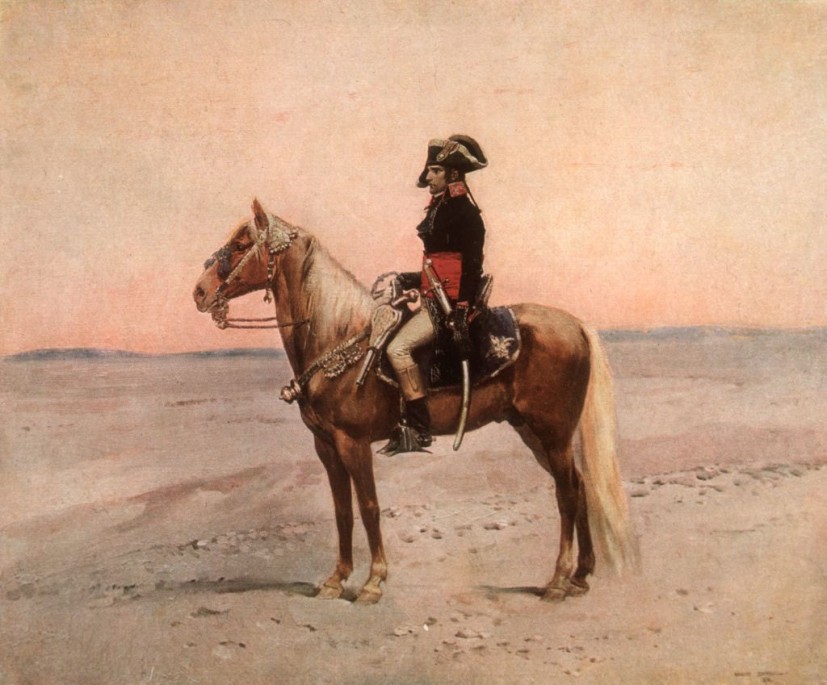18th century carvings will be among the displays at Dover Castle's upcoming exhibit, Dover Castle Under Siege. The carvings, however, were not made by classical masters, but by bored soldiers stationed at the castle.
Originally built in the 12th century overlooking the Strait of Dover-the narrowest segment of the English Channel-Dover Castle was renovated into a "modern military garrison" to guard against a possible French invasion in the late 18th century. With a commanding view of the castle's northern end, St. John's Tower would have been constantly guarded by six to twelve men, with one or two on the tower itself. To help while away the time, these soldiers carved graffiti on the tower door, with either knives or bayonets.

Fifty pieces of graffiti have been discovered, including three dates: 1789, the year of the French Revolution; 1798, when the castle was rebuilt; and 1855, when changes to the tower were being made. There are also nine illustrations of hanging, one featuring a figure in a military uniform and a bicorne which may have represented Napoleon Bonaparte himself (the Emperor, in fact, died in exile in 1821). Also among the graffiti are two names-Downam and Hopper/Hooper-and a single-masted sailing ship, likely a Royal Navy cutter.
Paul Pattison, English Heritage's Senior Properties Historian, commented on the graffiti's significance: "What makes this door such an extraordinary object is that it is a rare and precious example of the ordinary person making their mark; whether that be simply for the purpose of killing time or wanting to be remembered."
The door was rediscovered several years ago, when a worker scaled the upper floor of St. John's Tower. The carvings were discovered even more recently, when the door was removed and stripped of paint for conservation. The wood has since been cleaned, toned and treated for the exhibit, Dover Castle Under Siege, opening in July 2024.